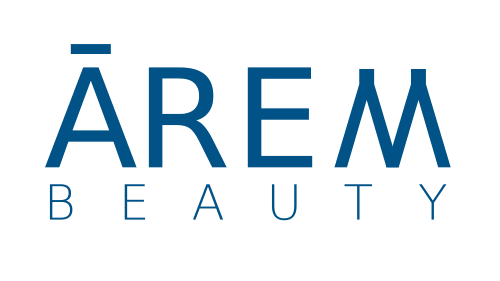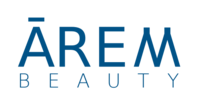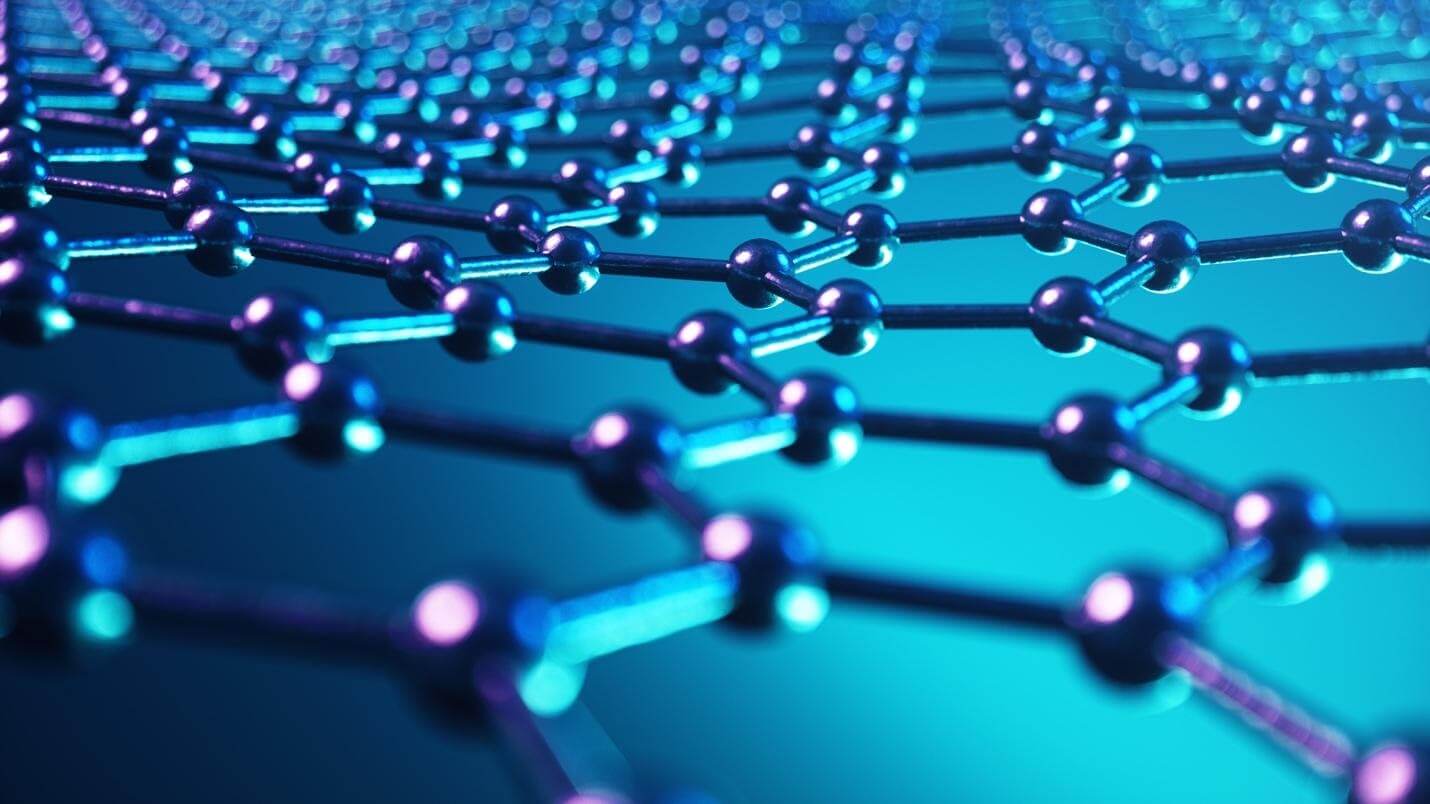
Packaging Wars
One of the most debated topics and possibly the hardest puzzle to solve for beauty brands would be picking the right kind of packaging. The material wars between plastic, aluminum, and glass sit at the very core of this problem.
Brands across the globe have taken a variety of creative approaches to their packaging, and whilst this may seem like a competition, it’s more of a corroborative effort towards the same goal. The cosmetics and beauty eco-system is laden with multiple layers, manufacturing processes, and an elaborate logistical chain. Brands face various challenges to this process, and depending on their product, they solve problems at various stages. Although viewed as a trend over the past couple of years, the attention and mindfulness of waste produced should be an industry standard.
In our journey, we approached this with a macro, full-picture lens.
We weighed in facts of the packaging materials that you’d find with beauty products and evaluated the entire life cycle of our products. What we found was more than what meets the eye.

Plastic packaging, as we all know has a large impact on our eco system. Their inability to decompose and the damage micro-plastics cause to the oceans is a grave concern. Only a fraction of the plastic that is produced actually gets repurposed. However, data shows that adoption of plastics as substitutes to other, previously preferred materials has resulted in a dramatic reduction in carbon emissions.
PlasticsEurope published a study on the total impact of plastics on the life cycle carbon emissions. The results demonstrate that both energy consumption and greenhouse gas (GHG) emissions would increase significantly, if plastic products were to be substituted to a theoretical maximum by other materials.
Whilst plastics is a broad category, some forms like PVC, that contain BPA, Phthalates and Lead, are extremely toxic to both us humans, as well as the planet. Whilst there are more versatile, and non-harmful siblings. The challenge we see around us is the correct utilization of plastics, and the recycling and repurposing of them post the consumer cycle.
Looking beyond plastics, we explore the impact of other materials.
Metals and specifically aluminum packaging brings a large benefit by being lighter and its ability to be fully recycled. The beverage industry minimizes their carbon emissions greatly by using aluminum, by way of a lower logistical fuel consumption, and lower refrigeration requirement.
However, in the cosmetics industry, metal packaging has a high chance of reacting with the product materials that are packaged in, if in direct contact with the product. The workaround here that we see most popularly is to keep the essential parts that touch the product to be plastic, but wrap it up with aluminum to minimize the overall plastic material used. Yes that reducing the amount of plastic produced, but some argue that this could be greenwashing (is the process of conveying a false impression or providing misleading information about how a company’s products are more environmentally sound.)
When considering the manufacturing stage, aluminum loses a few points. The mining processes and manufacturing stages have a massive carbon footprint as a result of the large amount of energy required to produce them. As per a report published by Aluminum insider, CO2 emission per ton of aluminum produced is about 11.5 ton. When compared to 5 tons of plastics, and 6.5 tons for glass, the concern is evident.
On the post consumer front, aluminum has the highest recycling rate as compared to any of the other materials in question. This makes it easy to reuse, and repurpose. All in all, aluminum certainly has the potential to be the cleaner option so long as the product design minimizes plastic usage.
Glass, an endlessly recyclable item that has no toxic impact on the environment, and fully bio-degradable. A popular alternative that brands across the globe are moving to. Customers are being encouraged to repurpose their packaging after use, and recycle them through the available channels.
Concerns on this material however lie with the massive energy requirement through both manufacturing and recycling. One ton of virgin glass produced generated 6.5 tons of CO2 emissions, which is about 40% lower than that of aluminum, and about 10% higher than plastics. However, One ton of recycled glass production results in 4.3 tons of CO2, about the same as manufacturing a ton of virgin plastic.
Adding on to this are the logistical concerns of durability, and increased weight. In comparison, glass packaging housing the same content of product is likely to weigh 40 times that of plastic or aluminum.
Glass packaging is only truly delivering a reduction in carbon emissions if they are being repurposed entirely. The responsibility of this lies with the brands, to ensure that the packaging is in fact usable after its first life cycle, and also on the consumers to do their part and segregating their waste.
Paper, the fourth in our list of packaging materials is one that impacts the beauty industry in a different aspect; through boxes, notes, pamphlets, and stickers. Most commonly we see brands using paper boxes for their products, but some have taken it a step further to package their products entirely in a paper-based packaging.
Some categories of products have a high reactivity to paper and as a result damage the product, and its performance during the consumer phase. Paper boxes, notes and stickers that are laminated make these items non-biodegradable, and release these thin sheets of plastic laminate into the environment. Considering that most of us throw the boxes and notes that come with our products immediately after purchase, there is an immense amount of plastic laminate that is being released into the environment every day.
Logistic companies are doing a promising job of ensuring that a large percentage of shipping boxes are being recycled and reused contributing to lower new paper requirement.

Greta Thunburg and the Gen-Zs have made their concerns clear, but through the next decade, we will see an even wide-spread demand for environmental consciousness across demographics.
The power of the internet and social media means that there is nowhere to hide. For brands to survive this new wave, and much in line with the new age beauty ethos, they must look deeper into their packaging choices. Functionality, and basic needs should be the only tick marks brands should really care about, and anything that does not add a direct value to the consumer, is better left out.
In our first product line, we designed our packaging to trim down unnecessary layers of materials, and have been able to deliver almost 7g of product by using just 4g of packaging material. Since we could not avoid the use of plastics entirely, we decided to drop everything else.
Our Dew Stick Highlighter tubes are made up of 100% PPE (Polypropelene), which is BPA free, non-toxic, doesn’t break down into micro-plastics, and since there is absolutely no other material used, is fully recyclable with no sorting or dismantling required. We have partnered with local auto-parts manufacturers to accept our tubes post-consumer usage, to be used as raw material for auto parts manufacturing. Additionally, companies like Purecycle Technologies have enabled full recycling of PPE to virgin like qualities.


